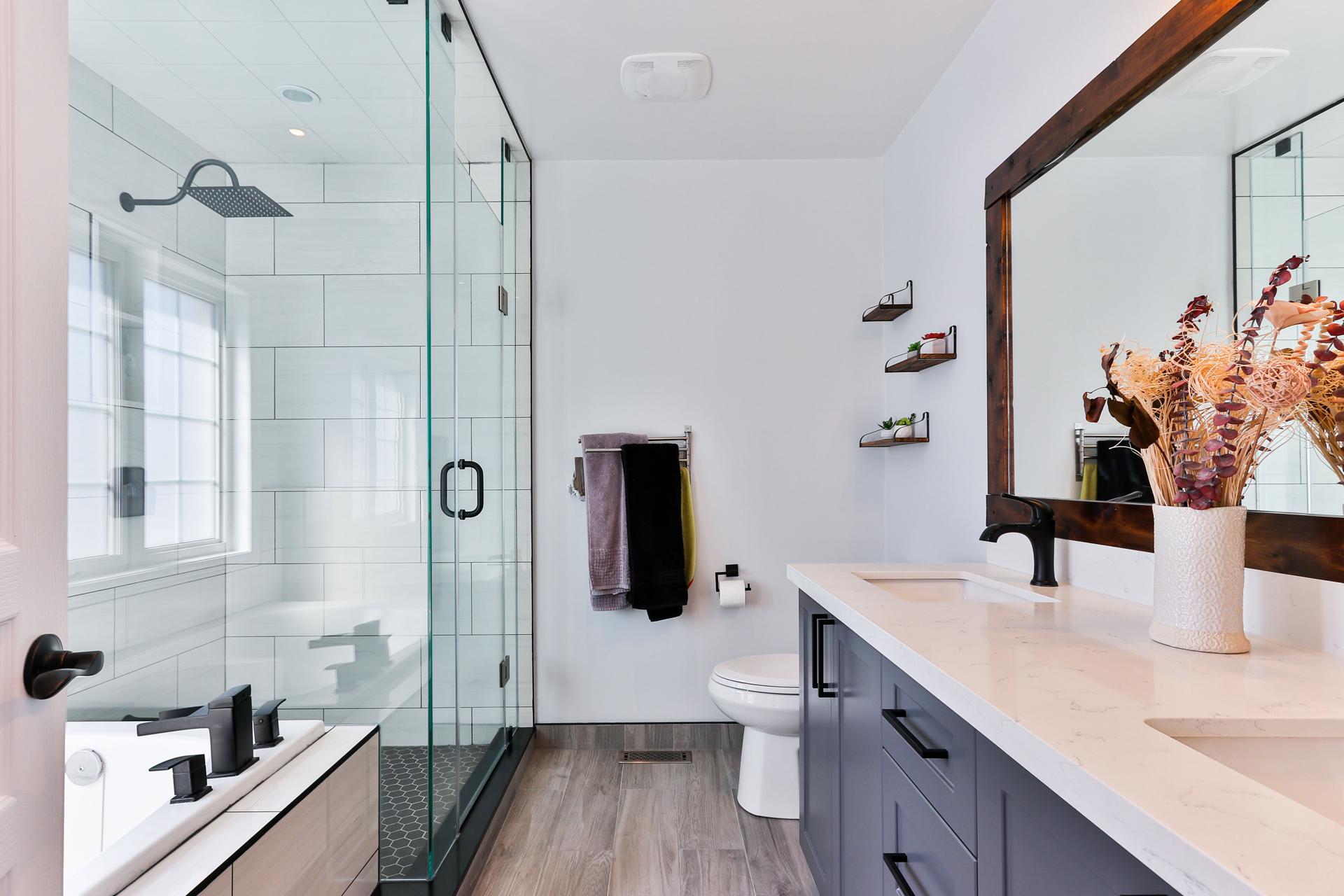Plumbing 101: Hot Water Plumbing: Your Comprehensive 101 Course

Hot water plumbing is an integral aspect of everyday life. It is essential to have hot water for various purposes like bathing, washing dishes, and doing laundry. In this post, we’ll give you a basic understanding of the way hot water plumbing functions.
Hot Water Plumbing Basics
Hot water plumbing refers to the system that supplies hot water to different parts of a building. It differs from cold water plumbing because it requires heating water before it is distributed throughout the building. The main elements of a hot water plumbing system comprise the pipes, water heaters, fittings and valves. The water heater is the most crucial component of a hot-water plumbing system. It is the one that heats the water and keeps it in storage until it is needed. The pipes transport the boiling hot water out of the water heater to the fixtures including showers and faucets. Valves are used to control the flow of hot water while fixtures are used to distribute hot water to various parts within the structure.
Different types of hot Water Heaters
There are three primary kinds that hot water heaters are available on the market including tankless, storage tank, and heat pump water heaters. Tankless water heaters warm the water at the demand of users and don’t store hot water. Tank water heaters that store hot water in a tank until they require. Heat pump water heaters use electrical energy to transport heat to ground or air to heat the water. Every type of hot water heater comes with its pros and cons. Tankless water heaters use less energy and have a longer life, but they are more costly. Tank water heaters for storage are less expensive but are less durable and aren’t as efficient in energy use. Water heaters with heat pumps are the most efficient in terms of energy consumption, but could not be suitable for colder climates.
Maintenance of Hot Water Pipes
Regular maintenance is crucial for ensuring that your hot-water plumbing system is operating properly and efficiently. A few tips to maintain hot water plumbing systems include checking for leaks and flushing the tank and replacing the anode rod. Checking for leaks is essential to prevent water damage and to ensure it is the case that your plumbing for hot water is not using up water. The process of flushing the tank eliminates the mineral and sediment buildup which could reduce the effectiveness in the performance of your water heater. The anode rod was designed to resist corrosion and must be replaced at least every few years.
Troubleshooting hot water plumbing issues
Common issues that can arise with hot water plumbing systems include a lack of hot or hot water or weak water pressure. If you notice a shortage of hot water, it may be caused by an inoperative heating element or a defective thermostat. The low pressure in your water can result from a blocked the valve or pipe. If you experience any of these problems it is recommended you seek out a qualified plumber to identify and fix the issue.
Conclusion
Understanding the way that hot water plumbing functions is crucial to ensure that your hot water plumbing system is functioning correctly and efficiently. Routine maintenance as well as troubleshooting is important to avoid problems and prolong the lifespan of the hot-water plumbing.
Heating Water FAQ
How long will an electric water heater last?
The lifespan of hot water heaters is contingent on the type and model. On average, a tank water heater lasts 8-12 years, while tanksless water heaters can last up to 20 years.
How can I tell when my hot water heater needs replacement?
Signs that your hot-water heater is in need of being replaced include rust or corrosion in the tank. Other signs include leaks or strange sounds, or a shortage in hot water. If you experience any of these problems, it is recommended that you seek out a qualified plumber.
